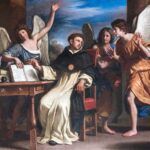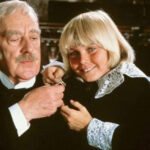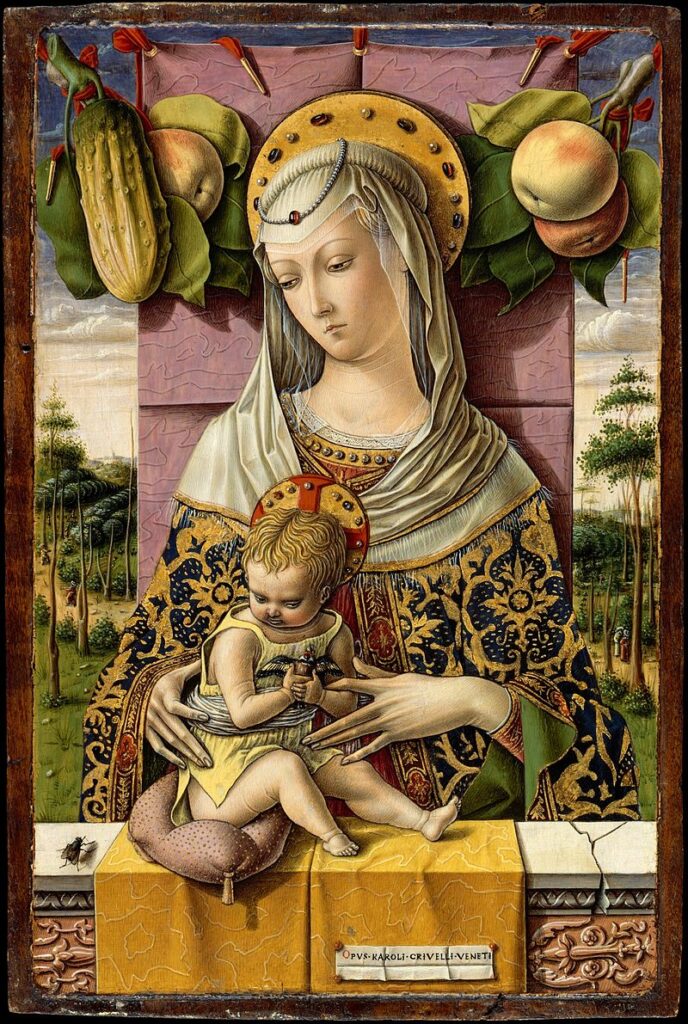
In the collective imagination woven through the centuries, the fly has landed with its slender legs on the canvas of art history, weaving a subtle thread between the sacred and the profane. In Renaissance and Flemish painting, this insect is not a mere detail: it’s a symbol laden with meanings, a messenger of profound concepts ranging from death to transcendence.
In the cultural context of the Chaldeans, Philistines, Phoenicians, and Hebrews, the fly took on the aspect of Beelzebub, the Lord of the Flies, an entity evoking images of corruption and decay. This figure has transcended millennia, inspiring literary works like the novel “Lord of the Flies” and its 1963 film adaptation, which explored the dark nature of humanity.
Conversely, in ancient Greece, the fly was wrapped in a halo of sanctity, associated with deities like Zeus and Apollo, while still maintaining a connection with darker figures like Eurynomos, the devourer of corpses. This duality reflects the complexity of the symbolism surrounding this insect.
Turning to Renaissance artworks, we encounter Carlo Crivelli’s “Madonna and Child,” where the young Jesus, a symbol of resurrection and eternal life, wards off a fly, emblematic of death and malignancy. This scene is a microcosm of symbologies deserving in-depth analysis, which I promise to undertake in a future post.

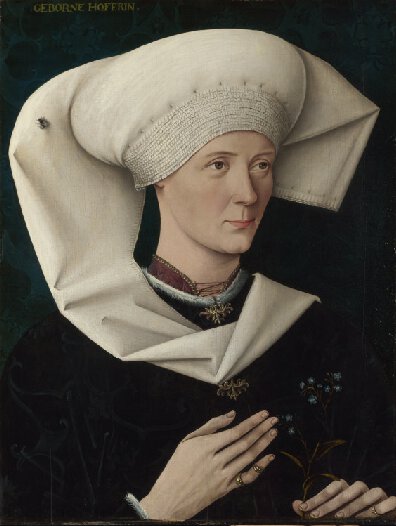
The portrayal of the fly as an omen of death and transience is powerfully manifested in Bruyn Barthel’s painting “Vanitas,” where the surrounding objects evoke the fleeting nature of time. Similarly, in the “Portrait of a Woman of the Hofer Family” by an anonymous 15th-century German artist, a fly perched on a pure white veil serves as a reminder of the inevitable end of all earthly beauty.
But it is the episode related to Bernardino di Antonio Detti’s “Madonna of the Pergola,” also known as “Madonna of the Fly,” that captures the imagination with a noteworthy contemporary backstory. The fly, once visible on the Child’s arm, disappeared in the reproduction of the work in the catalog curated by Alberto Cipriani, not due to clumsy restoration or supernatural intervention, but because of a human error: a graphic designer, perhaps too zealous, removed the insect with Photoshop, mistaking it for an accidental intruder.
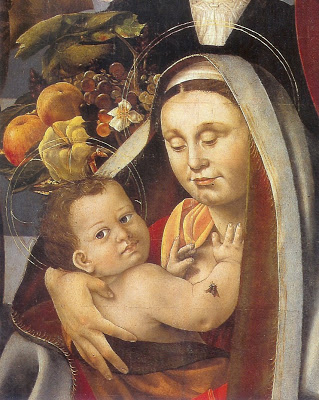
Fortunately, the original still retains the fly, as intended by the artist five centuries ago. However, in the catalog, the “Madonna of the Fly” has been transformed into a “Madonna WITHOUT the Fly,” a curious anecdote that highlights how, even in the digital age, art can be subject to interpretations and modifications that alter its historical and symbolic reading.



